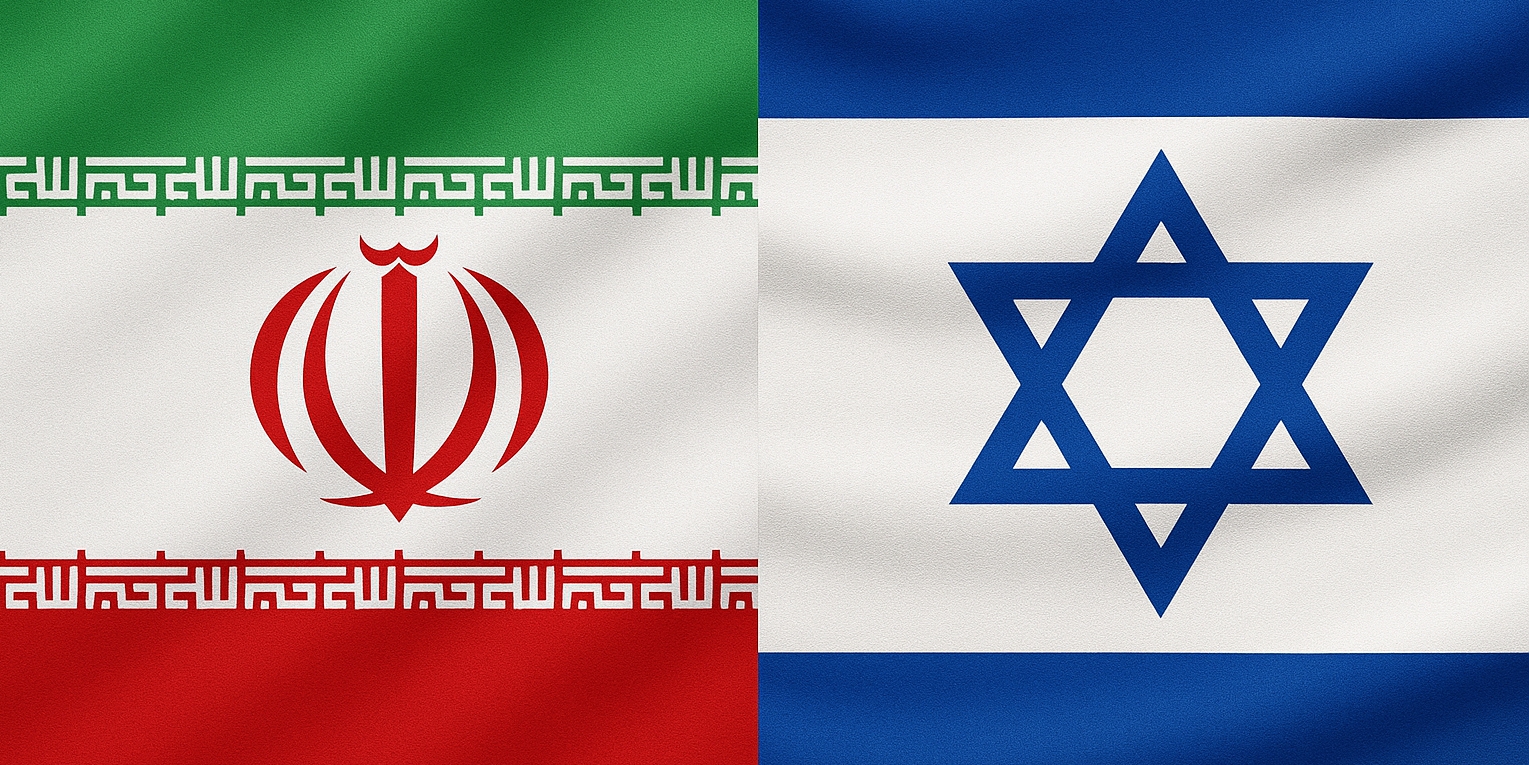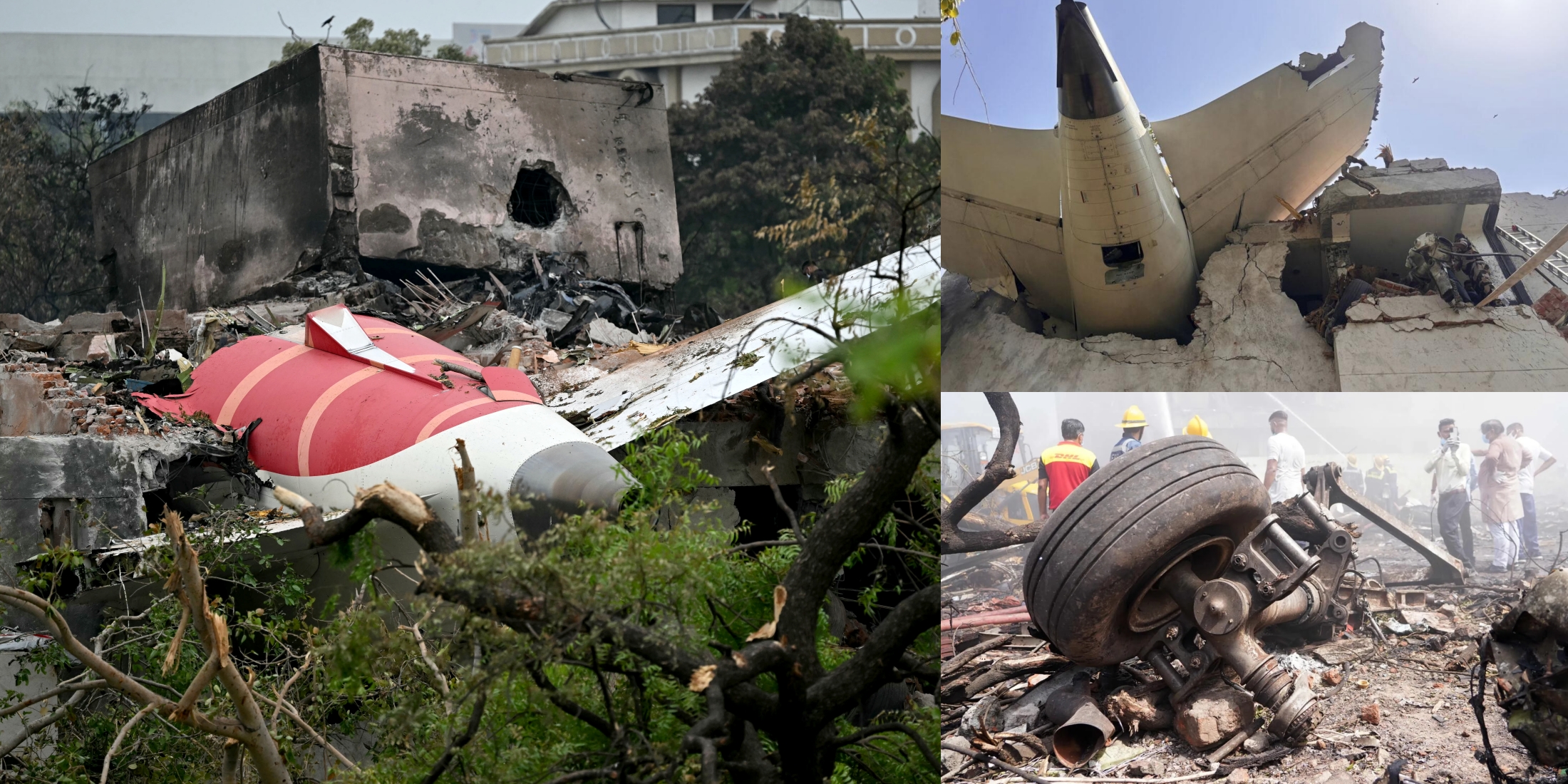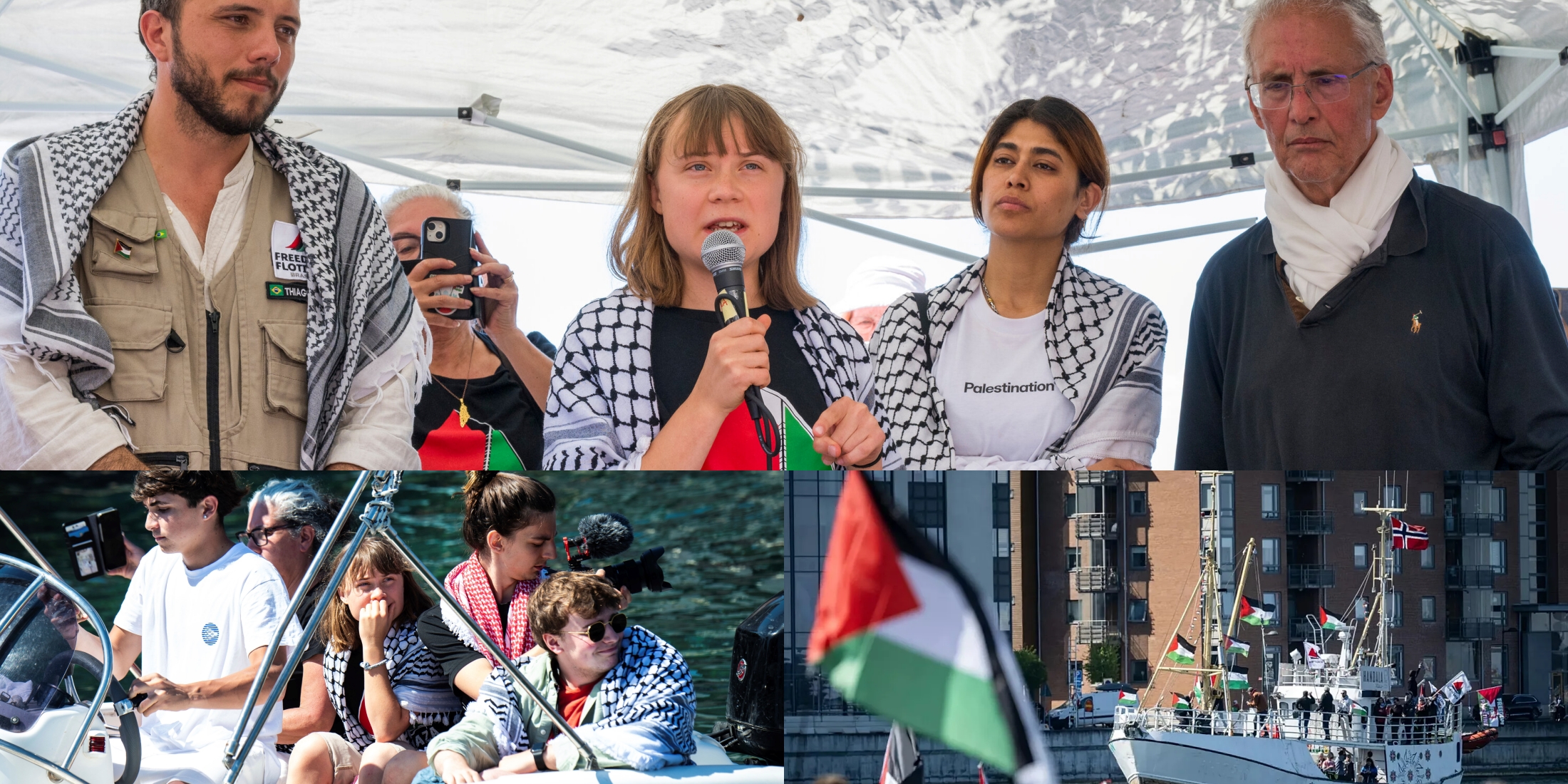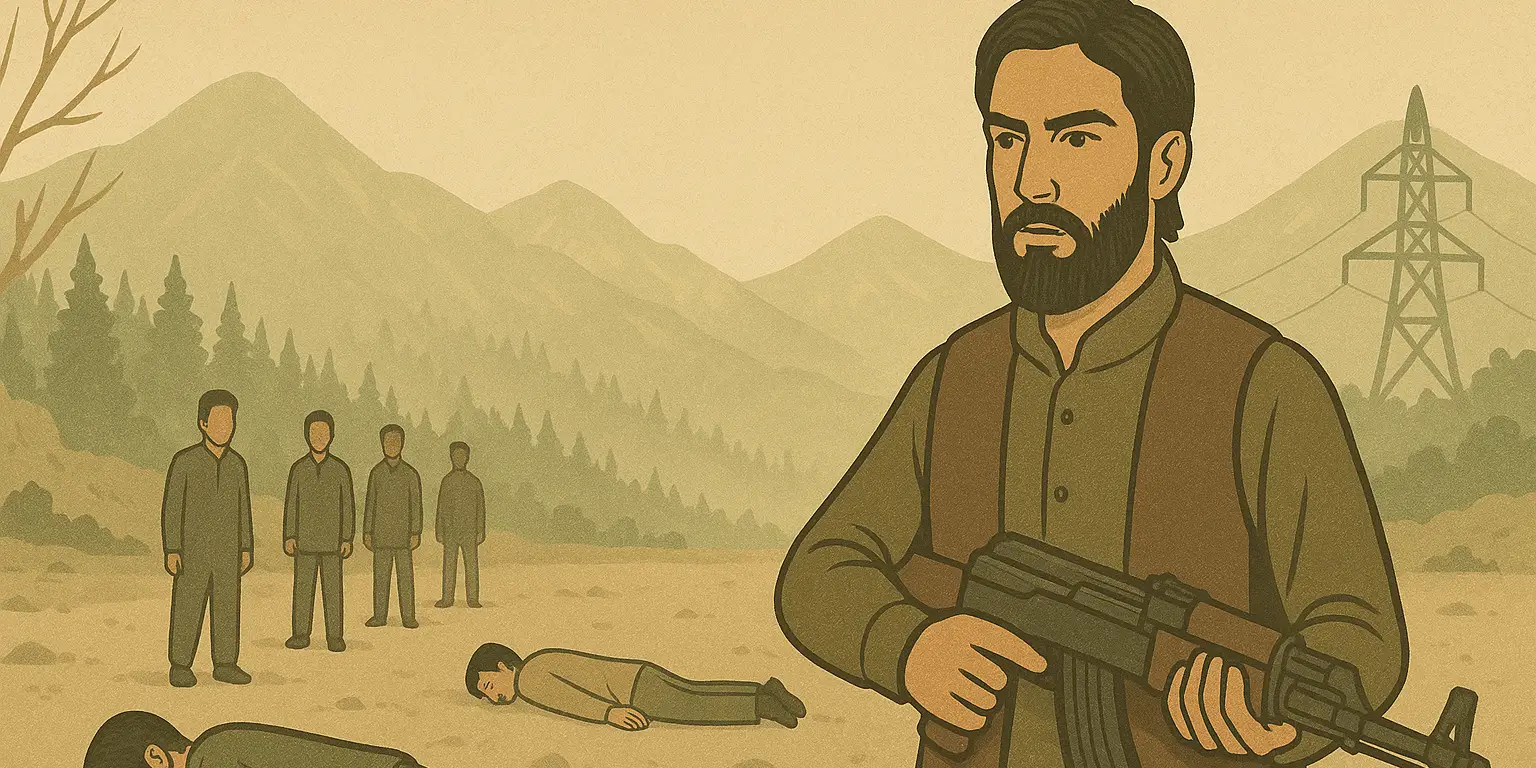The intense Iran-Israel conflict started on June 13th, 2025, when Israeli air strikes showered down on Iran. What followed was 12 horrifying days of war that the whole world witnessed. This war ended on June 24th by a supposed ceasefire, which eventually held until now, negotiated by the United States of America. This is contradictory to the fact that the US has spent billions to fund Israel’s military operations. Backed by the US, Israel launched over 500 attacks on Iran over the span of just 12 days. The Iranian retaliation consisted of hundreds of ballistic missiles aimed at Israeli cities.
Israel’s primary targets were the Iranian military and nuclear sites, but civilians were also harmed in the process. With thousands being injured, a whopping 627 people were killed in Iran and 28 in Israel, according to the BBC. Al Jazeera stated that among the deceased were 49 women and 13 children. The estimated number of injuries stands at around 4,700. Among the deceased were pregnant women and infants as young as two months old. Israel claims that it managed to kill at least 11 nuclear scientists and 30 top military heads of Iran.
More than 100 nuclear facilities and military sites in Iran were struck by more than 200 Israeli fighter jets. These sites and facilities were around residential areas, which is why the civilian death toll is so high.
The United States of America joined Israel in its attack against Iran, launching bunker-buster bombs into Iran’s Natanz, Fardow, and Isfahan on June 22nd. The ceasefire was later negotiated by the USA, making their stance highly contradictory.
When the bombs fell over Tehran, people fled towards the Caspian Sea. Close to a whopping nine million people had to flee in their cars away from major cities, like Tehran. Pictures of the homes they were leaving behind, with many believing it could be the last time they were seeing their homes, went viral on social media. People from all over the globe chimed in to agree how the Western media had warped their idea of the Middle East, as the vibrant and modern homes of Tehran surprised them.
Among the millions that had to flee their own homes was a 34-year-old man, Zein, who experienced such conflict for the first time, unlike his parents, who lived through the Iraq-Iran war in the 1980s. His road trip out of Tehran took 16 hours because of extremely heavy traffic leading out of Tehran. Zein fled to Kelardasht in Mazandaran province, which is on the Caspian Sea coast.
He told Al Jazeera, “In our area, there are many military zones nearby. Because of the warnings they had given, we didn’t feel safe or have peace of mind. I think Tehran felt very panicked, and we were just thinking about getting ourselves out of Tehran and reaching somewhere where we could feel more secure.”
On the vulnerability of the situation, he added, “The fear of not knowing whether you’ll ever return to your home or not. Whether your home will still be there or not. You have to leave your city with a thousand worries, and in such a terrifying situation, because of the roads, the traffic, and the lack of management, you somehow have to get yourself to safety.”
As of June 24th, Iran’s Ministry of Health and Medical Education reported a total of 4,746 injured, mostly men, with 185 being women. 20 healthcare workers were injured, while five were killed. Many of Iran’s public infrastructure was destroyed. Seven hospitals, four health units, six emergency bases, and nine ambulances were damaged, setting back healthcare in already dire times.
According to the Armed Conflict Location and Event data (ACLED), 508 air strikes were launched into Iran. Iran fought back, launching 120 attacks on Israel with ballistic missiles. Their missiles had to fly past Israel’s air defences, and many were intercepted. Israeli homes and military defences were struck. The Soroka Medical Center was hit, which caused dozens of injuries. Iran also targeted the Israeli Military Intelligence School, the Ministry of Interior in Haifa, the Weizmann Institute of Science, and an oil refinery and power plants.
According to Israel’s Ministry of Health, 28 people died and 3,238 were injured. Tel Aviv was targeted, and Israeli residents affected by the bombings could escape into bomb shelters. Many families in Israel spent the 12 days of war inside their safe rooms, while others used the bomb shelters. A stark contrast from Iranians who had to flee their homes and had to look for anywhere that could be considered safe.









